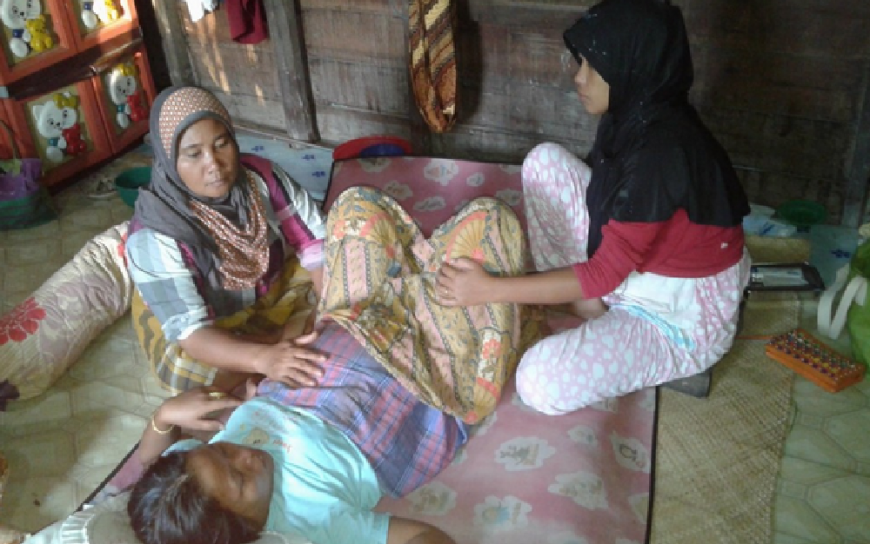Birth Intervals and Infant Mortality in Indonesia
Birth interval is the period between two live births of a woman. In Indonesia, the National Family Planning Agency recommends a birth interval of between 36-60 months to reduce the risk of maternal and child mortality. The objective of this research is to analyze birth intervals and their relationship with infant mortality using survival analysis of data from the 2017 Indonesia Demographic and Health Survey. Infant mortality was calculated using person-years, and Kaplan-Meier curves were used to describe the relationship between infant mortality and preceding birth interval. The Cox proportional hazard model was used for multivariate analysis, revealing a negative relationship between birth interval and infant mortality. For each one-year increase in birth length, there is a reduction in infant mortality of 11.9 percent. This study also shows that the economic status of mother significantly affects infant mortality, with babies born to poor mothers 1.84 times more likely to die.
Volume 59, Number 1, 2020
Type: Research Note, pp. 73-84
Birth Intervals and Infant Mortality in Indonesia
Authors: Irdam Ahmad and Yulintin Riana Dewi
Affiliations: University of Muhammadiyah Prof. Dr. Hamka, Jakarta, Indonesia (Ahmad); Statistics Indonesia, Jakarta, Indonesia (Dewi)
Corresponding author/address: Irdam Ahmad, University of Muhammadiyah Prof. Dr. Hamka, Jakarta, Indonesia; email: irdam_ahmad@uhamka.ac.id
Abstract
Birth interval is the period between two live births of a woman. In Indonesia, the National Family Planning Agency recommends a birth interval of between 36-60 months to reduce the risk of maternal and child mortality. The objective of this research is to analyze birth intervals and their relationship with infant mortality using survival analysis of data from the 2017 Indonesia Demographic and Health Survey. Infant mortality was calculated using person-years, and Kaplan-Meier curves were used to describe the relationship between infant mortality and preceding birth interval. The Cox proportional hazard model was used for multivariate analysis, revealing a negative relationship between birth interval and infant mortality. For each one-year increase in birth length, there is a reduction in infant mortality of 11.9 percent. This study also shows that the economic status of mother significantly affects infant mortality, with babies born to poor mothers 1.84 times more likely to die.
Keywords
Birth interval, Indonesia, infant mortality, survival analysis, Cox proportional hazard
© 2020 Sociological Demography Press
MLA
Ahmad, Irdam and Yulintin Riana Dewi. “Birth Intervals and Infant Mortality in Indonesia.” Population Review, vol. 59 no. 1, 2020. Project MUSE muse.jhu.edu/article/758118.
APA
Ahmad, I., & Dewi, Y.R. (2020). Birth Intervals and Infant Mortality in Indonesia. Population Review 59(1), https://www.muse.jhu.edu/article/758118.
Chicago
Ahmad, Irdam, and Yulintin Riana Dewi. “Birth Intervals and Infant Mortality in Indonesia.” Population Review 59, no. 1 (2020) https://www.muse.jhu.edu/article/758118.
Endnote
TY – JOUR T1 – Birth Intervals and Infant Mortality in Indonesia A1 – Ahmad, Irdam A1 – Dewi, Yulintin Riana JF – Population Review VL – 59 IS – 1 PY – 2020 PB – Sociological Demography Press SN – 1549-0955 UR – https://muse.jhu.edu/article/758118 N1 – Volume 59, Number 1, 2020 ER –
Always review your references for accuracy and make any necessary corrections before using. Pay special attention to personal names, capitalization, and dates. Consult your library for more information on citing sources.




